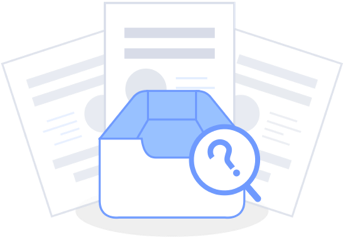 Ongoing
OngoingLine Following Robot
STDLine Following Robot
License
:TAPR Open Hardware License
Description
LINE FOLLOWING ROBOT (LFR)
A line following robot is an autonomous vehicle designed to navigate by detecting and following a predetermined path, usually marked by a contrasting line on the floor. It uses sensors, typically infrared (IR) sensors, to continuously monitor the position of the line and send real-time data to a microcontroller, such as an Arduino. The microcontroller processes this data and adjusts the motors' speed and direction via a motor driver to keep the robot on track. This type of robot is widely used in educational settings to teach principles of robotics, electronics, and programming, offering a hands-on learning experience and opportunities for customization and expansion.

Key Components:
1.Arduino Uno Microcontroller:
-
-
- Acts as the central processing unit.
- Coordinates all robot movements and sensor readings.
- Supports easy programming and integration with various components.
-
2.L293D Motor Driver:
-
-
- Manages motor speed and direction.
- Capable of controlling two motors simultaneously.
- Provides sufficient power and control for smooth navigation across different surfaces.
-
3. Infrared (IR) Sensors:
-
-
- Detects line contrasts on the surface.
- Sends real-time data to the Arduino for precise path tracking.
- Ensures the robot stays on course by continuously adjusting its movements.
-
How It Works:
- Line Detection: IR sensors scan the surface, detecting the contrast between the line and the background.
- Data Processing: Arduino processes sensor input, making decisions to steer the robot.
- Motor Control: Commands are sent to the L293D motor driver to adjust motor speed and direction, ensuring the robot follows the path accurately
So, I tried to make a board that will contain all the components easily and by only adding a power source it'll be activated. The only thing that need to be done is uploading the suitable code .
Design Drawing
 The preview image was not generated, please save it again in the editor.
The preview image was not generated, please save it again in the editor.BOM
 Bom empty
Bom empty Clone
CloneProject Members
 Empty
Empty


Comment